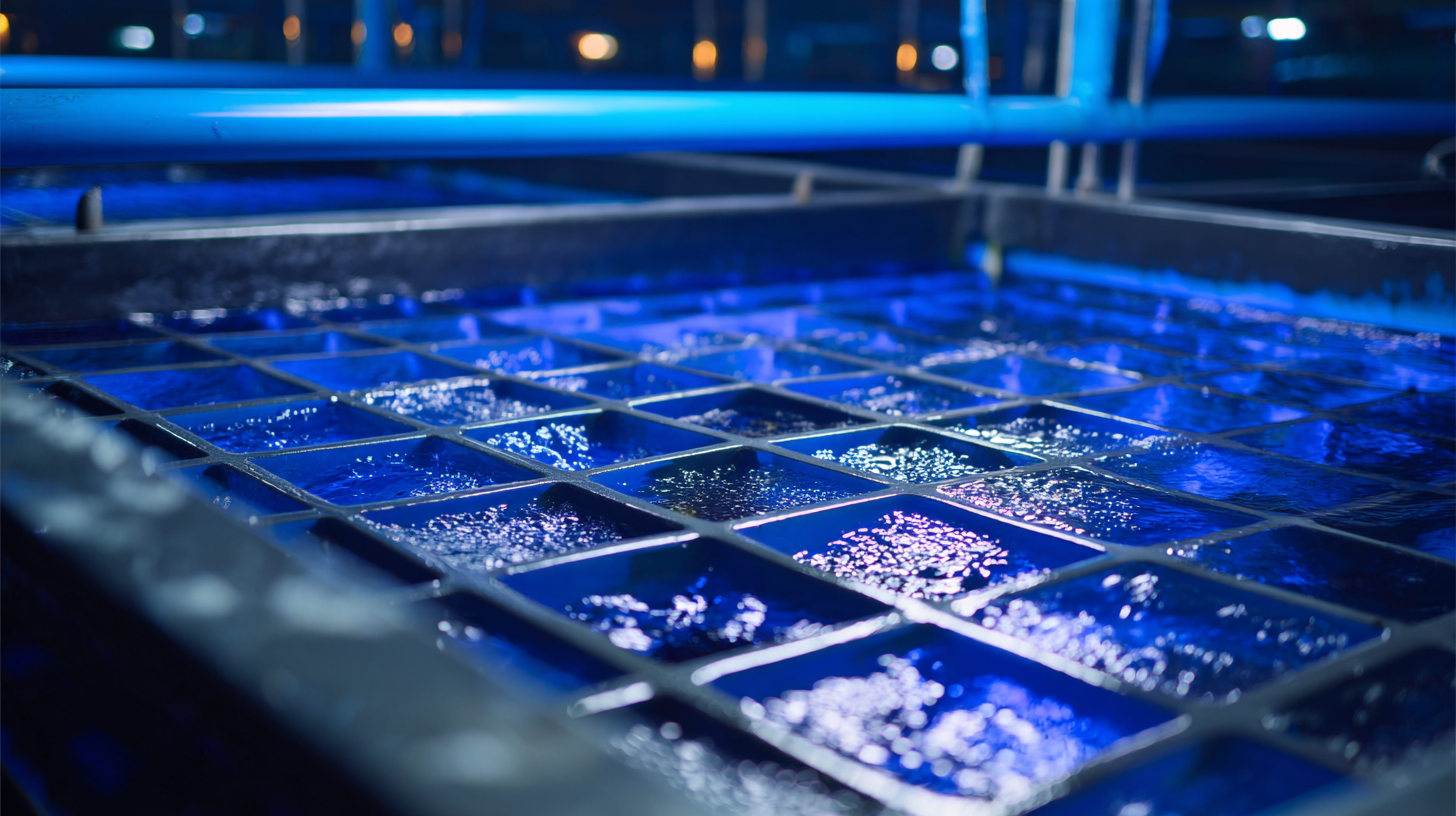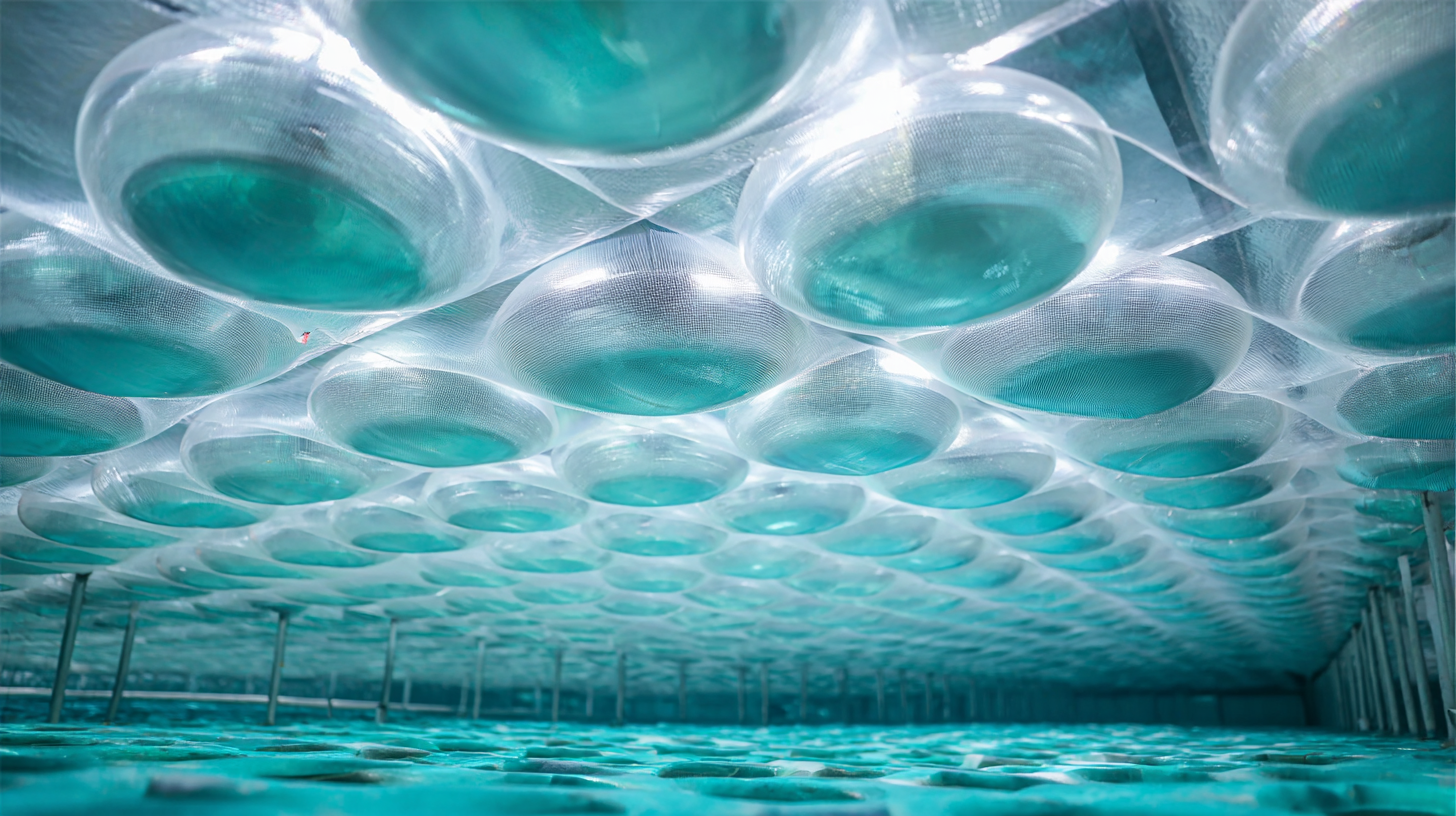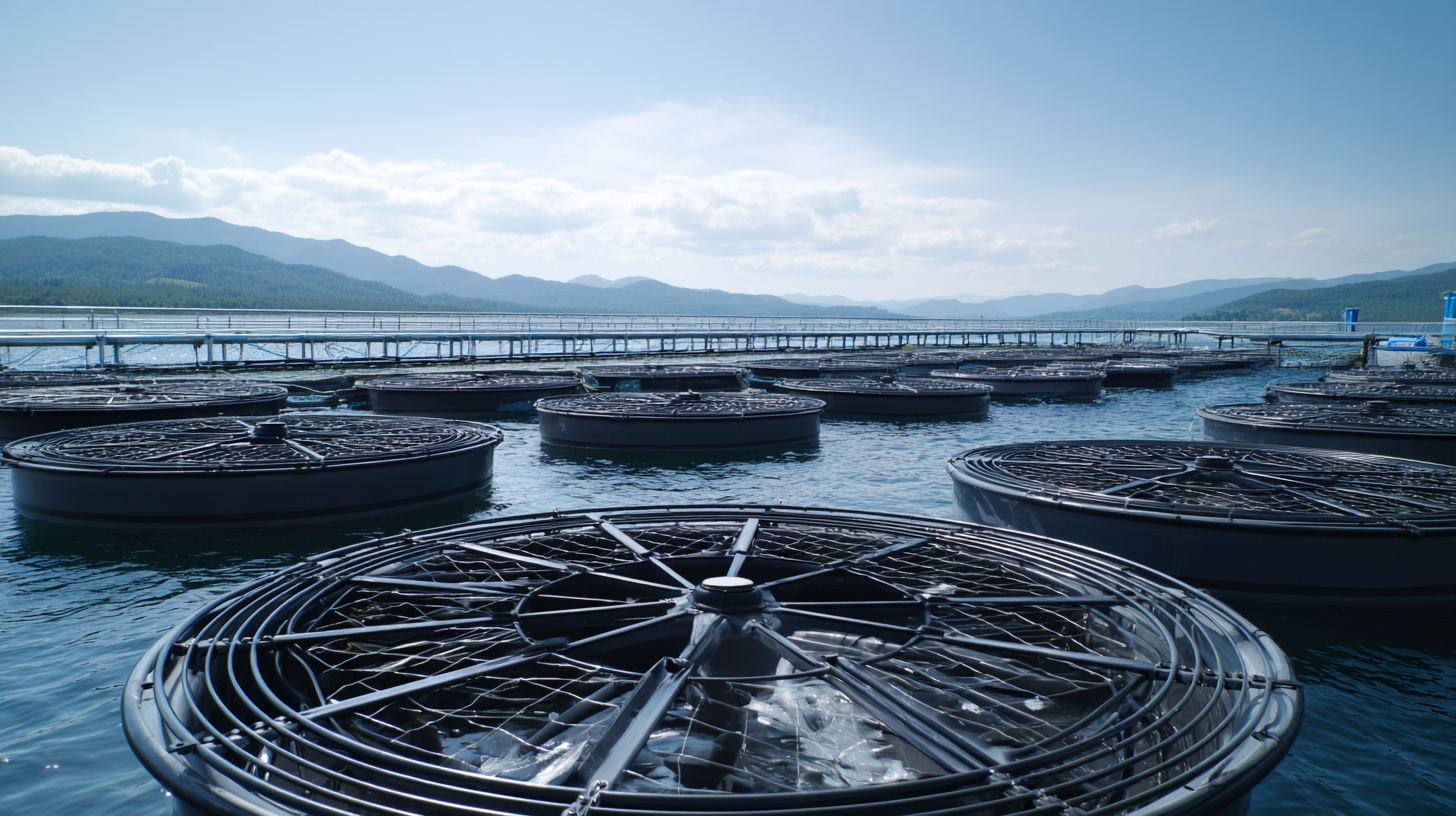In the rapidly evolving field of aquaculture, the importance of efficient aeration systems cannot be overstated. One of the critical components driving success in this industry is the Membrane Air Diffuser, known for its ability to optimize oxygen transfer rates while minimizing energy consumption. Recent market research indicates that the global aquaculture sector is projected to reach a staggering $200 billion by 2025, highlighting the growing demand for advanced technologies. Membrane Air Diffusers offer remarkable advantages, such as enhanced performance and durability, making them indispensable tools for farmers aiming to improve water quality and fish health. With leading manufacturing factories exporting globally and setting high production standards, the adoption of Membrane Air Diffusers becomes a strategic necessity for aquaculture operations seeking to maximize yield and sustainability in a competitive marketplace.

Membrane air diffusers play a crucial role in aquaculture by ensuring that aquatic environments remain healthy and productive. One key feature of these diffusers is their ability to create fine bubbles, which enhance the transfer of oxygen into the water. This efficient oxygenation not only supports the respiration of fish and other aquatic organisms but also helps to maintain stable water quality, promoting robust growth and minimizing stress in the aquatic species.
Another important characteristic of membrane air diffusers is their durability and low maintenance requirements. Made from advanced materials, these diffusers can withstand harsh conditions often found in aquaculture systems, such as corrosive salts or varying temperatures. Additionally, their design allows for easy cleaning and replacement, which is essential for preventing clogging and ensuring optimal performance over time. This reliability makes membrane air diffusers a smart investment for fish farmers looking to enhance productivity and sustainability in their operations.
| Feature | Description | Benefits | Application |
|---|---|---|---|
| Durable Membrane Material | Made from high-quality materials that resist wear and tear. | Longer lifespan and reduced maintenance costs. | Used in fish ponds and shrimp farming. |
| Fine Bubble Production | Generates microbubbles that increase oxygen transfer efficiency. | Enhances water quality and promotes healthy aquatic life. | Widely used in aquaculture systems and aquariums. |
| Easy Installation | Designed for quick and straightforward setup. | Saves time and reduces labor costs. | Ideal for new aquaculture setups or retrofitting. |
| Adjustable Airflow | Allows users to modify the air flow rate as required. | Provides flexibility in different environmental conditions. | Applicable in varying aquaculture species and densities. |
| Energy Efficiency | Utilizes minimal energy while maximizing oxygen transfer. | Reduces operational costs significantly over time. | Suitable for large-scale aquaculture operations. |
Membrane air diffusers have emerged as a revolutionary tool in aquaculture, offering numerous advantages over traditional aeration methods. Unlike conventional diffusers that may produce large bubbles and create turbulence, membrane diffusers generate a fine mist of tiny air bubbles. This allows for better oxygen transfer efficiency, promoting healthier aquatic environments. Additionally, their low maintenance requirements and durability make them cost-effective in the long run.
**Tip:** When selecting a membrane diffuser, consider the specific needs of your aquaculture system. Factors such as water temperature, salinity, and the type of species being cultivated can impact performance. Customizing your aeration system based on these parameters can lead to optimal results.
The energy efficiency of membrane diffusers is another compelling advantage. They require less energy to operate, which can significantly reduce operational costs. The uniform distribution of air also minimizes dead zones, ensuring consistent oxygen levels throughout the water body.
**Tip:** Regularly monitor the performance of your membrane diffusers. Keeping an eye on airflow and pressure will help you maintain their efficiency and extend their lifespan. Consider conducting periodic maintenance checks to prevent any build-up or clogging that may arise over time.

In the realm of aquaculture, membrane air diffusers are pivotal to achieving optimal oxygen distribution in aquatic environments. Case studies demonstrate their significant impact on fish health and growth rates by maintaining higher oxygen levels in water, directly influencing productivity. For instance, a recent project utilizing advanced membrane technology in a shrimp farm resulted in a 30% increase in yield over traditional methods. This success story highlights how adopting innovative tools can transform aquaculture practices and contribute to more sustainable operations.
Moreover, the real-world application of membrane air diffusers extends beyond mere efficiency; they establish a foundation for data-driven approaches in aquaculture. By integrating these diffusers with real-time monitoring systems, farmers can gather crucial data on water quality parameters, allowing for immediate adjustments to aeration strategies. This shift towards data-centric management is akin to innovations in healthcare, where real-world evidence shapes clinical trial designs and patient care strategies. Such parallels underscore the importance of embracing technology in both fields, fostering progress through informed decision-making and enhanced operational efficiency.
Maintaining the optimal performance of membrane air diffusers is critical for enhancing the efficiency of aquaculture systems. Regular cleaning and inspection of diffusers can prevent clogs caused by biofilm accumulation and sediment buildup. According to a study from the Aquaculture Research journal, regular maintenance can improve oxygen transfer efficiency by up to 30%. Implementing a cleaning schedule every 1-3 months, depending on usage and water quality, will help sustain air quality and ensure a healthier aquatic environment.
In addition to routine cleaning, monitoring the air supply is essential. A consistent pressure level, typically recommended to be between 0.5 to 1.5 psi, can significantly improve the lifespan and effectiveness of the diffuser. As highlighted in a report by the National Marine Fisheries Service, optimal air supply management can lead to a 20% increase in production efficiency. Moreover, periodic replacement of membranes every 1-2 years is advisable to maintain high performance. Following these maintenance tips will not only extend the life of your air diffusers but also optimize overall aquaculture productivity.
This chart illustrates the average performance metrics of membrane air diffusers in aquaculture, focusing on airflow rates, maintenance frequency, and efficiency levels.
The future of membrane air diffuser technology in aquaculture is poised for significant advancements driven by sustainability and efficiency. According to a report by MarketsandMarkets, the global aquaculture industry is expected to reach USD 232.4 billion by 2024, and effective aeration systems will play a crucial role in meeting the increasing demand for aquaculture products. Membrane air diffusers, which offer better oxygen transfer efficiency and lower energy consumption compared to traditional systems, are becoming essential for modern fish farming practices.

Innovations in materials and design are enhancing the performance of membrane air diffusers, offering longer operational lifespans and reduced maintenance costs. The introduction of advanced polymer materials has improved resilience against fouling, a common issue in aquaculture environments. As per a study published in the Aquacultural Engineering Journal, optimized membrane structures can achieve oxygen transfer rates exceeding 4 kg O2/kWh, a substantial improvement that not only boosts fish growth rates but also minimizes energy use. This trend aligns with the industry's shift towards greener practices, allowing aquaculture operations to thrive in a more environmentally responsible manner.
